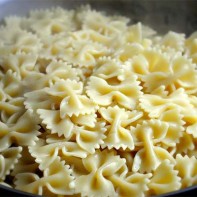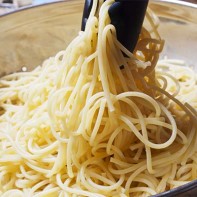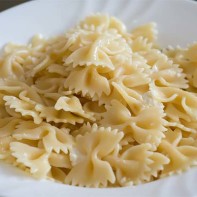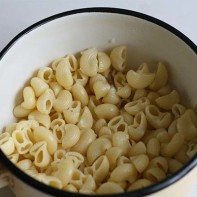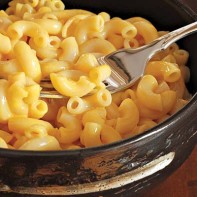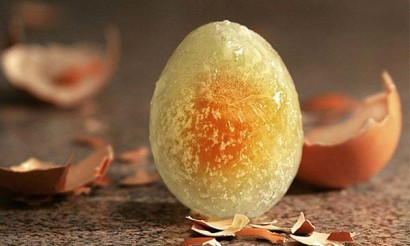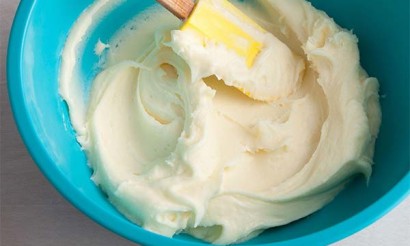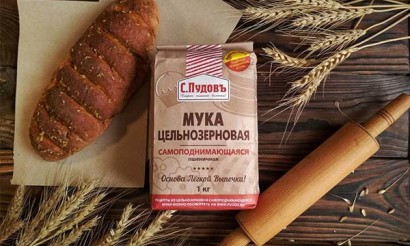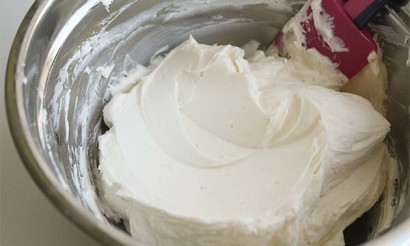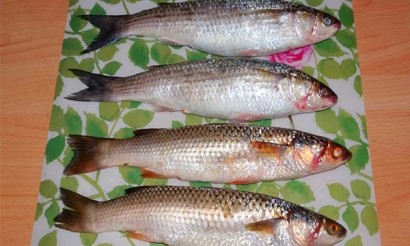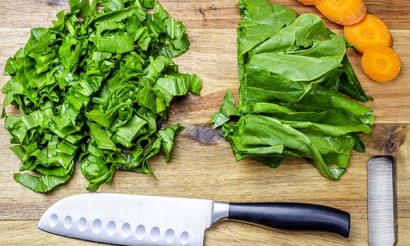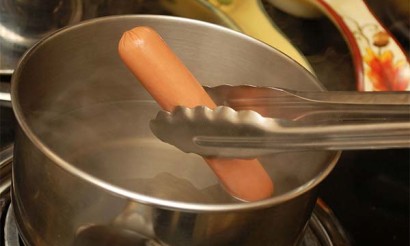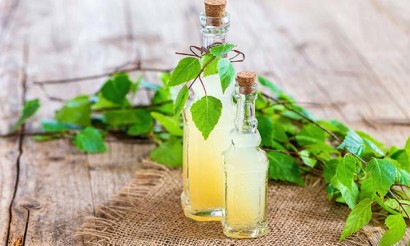How and how much to cook pasta, so that it does not stick together
Often, even quite experienced housewives, periodically make mistakes in the process of cooking pasta. It seems to be no easy task: to throw "cornucopias" or "spirals" in boiling, salted water and bring them to the readiness. But no. Very often the dish turns out sticky and totally unappetizing. Therefore, tips on the proper cooking of pasta will be useful for many hostesses!
- Why does the pasta stick together when boiled?
- What kind of pasta won't cook?
- How long does it take to boil?
- What to do if the pasta is sticky after boiling
- How to boil perfect pasta: Recipes
- In a pot
- In a multicooker
- In the microwave
- In the oven
- In a frying pan
- Steam cooker
- How to cook pasta in Italy
- Question-answer on boiling pasta
- What is the best saucepan for boiling pasta?
- Whether or not to rinse the pasta after boiling.
- Stir or not to stir the pasta when boiling.
- Whether or not to put the lid on the pot with the pasta
- When to salt boiling pasta
- What to do if the pasta is too salty?
- How not to boil pasta
Why does the pasta stick to me when boiling?

There are several main reasons for pasta sticking to each other when boiling:
- Using a product of poor quality;
- boiling in too little water;
- Cooking food for a longer time than it should be cooked;
- Cooking in poorly boiling water, over low heat.
Based on this, we can conclude that delicious, crumbly pasta can only be boiled using products made from durum wheat, cooking in plenty of water, over high heat. It is recommended to boil them until they are al dente - taking 2-3 minutes from the time stated on the package. Under no circumstances should you rinse the noodles with cold water, as many housewives do. Cooked according to all the rules, it will not boil and will not stick. And, after cooking, adding oil, you need to stir the finished dish several times. After that, immediately serve it to the table!
What kind of pasta does not cook?
Durum wheat products are of high quality and belong to the 'A' group. They are characterized by a pleasant, uniform color, a little transparent surface. It may be slightly shiny. It is impossible to find crumbs or broken off pieces in a package of good pasta. Plus - they have a low glycemic index, so they do not contribute to weight gain when consumed in moderation. When buying pasta, you can also pay attention to the amount of protein in the composition. It should be at least 12 grams per 100 grams of pasta.
How long to cook pasta
On the package with the product, the time of its cooking is indicated. However, to get pasta al dente, which from the Italian translates as "on the tooth", the cooking time should be reduced by 2-3 minutes. When boiling it is better to taste the pasta. You should remove it from the fire when it is firm on the outside and a little undercooked inside. Such pasta will not stick. And, that's how it is cooked when serving it with any sauce. After all, being under the sauce, slightly undercooked pasta absorbs it into itself, preserving its juiciness and characteristic taste.
The important thing is: The thinner and shallower the dough figures, the less time it takes to cook them. But, the easier it is to overcook them!
What to do if the pasta is sticky after cooking
The main axiom of cooking pasta is the formula - 1000/100/10. This means that 100 grams of pasta should be boiled in 1000 ml of water, adding 10 grams of salt. If necessary, the amount of salt can be increased to 15 grams. Failure to comply with these rules leads to the fact that after boiling the pasta will stick together. Is it possible to remedy the situation in this case? Of course you can. Although, all subsequent actions will not fully return the unique taste of fresh pasta. But, rehabilitate the dish all the same will allow.
So, sticky pasta can be:
- Rinse in cold water, in a colander and mix thoroughly.
- Heat with the addition of butter or good, sunflower oil.
- Put the pasta in a frying pan and fry in the sunflower oil.
- When heated, add liquid sauce - soy sauce, cream sauce, cutlet sauce, diluted tomato paste or ketchup, stirring thoroughly.
Using the above methods will allow you to return the flavor of a failed dish, to make its appearance more appetizing. You can also use them in combination.
How to cook perfect pasta: recipes
Perfect pasta, which is prepared as a side dish or as a separate dish, is traditionally cooked in a pot of boiling water. But there are other ways to make everyone's favorite dish. It's worth experimenting in the kitchen to experience new flavors of a seemingly familiar product from childhood.
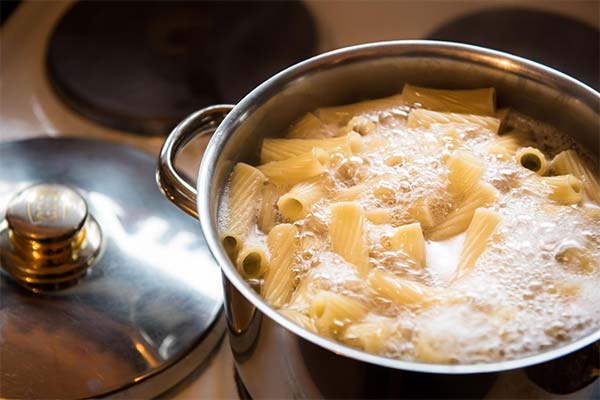
In the pot
The classic way to cook pasta assumes a saucepan with a capacity of at least 4 liters. It is suitable for boiling a standard package of vermicelli - 450-500gr. The product during cooking absorbs a lot of liquid. Therefore, it is better to take purified water - bottled or filtered. In a pot pour water, add salt and put on maximum heat. After the water boils, put the pasta in the pot and stir it. Cover the pot with a lid.
There is no need to break the long pieces. In any case, they will be wrinkled and go into the boiling water. If necessary, you can press them with a spoon. When the water boils again, remove the lid, and stir the spaghetti every 1.5-2 minutes. The finished product is thrown on a colander and after draining the water, put back into the pot. Add oil - butter, olive oil or sunflower oil. Stir and serve. If the serving to the table a few delays, then after 5 minutes you need to stir the pasta thoroughly. And repeat this procedure 2 more times. This will prevent them from sticking together.
In a multicooker
Modern kitchen helper multicooker is able to cook not only crumbly porridge, but also real, Italian pasta. To do this, you place the dry product in a bowl, pour enough water, salt, pepper, put spices. The mandatory ingredient is a piece of butter, which will not let the figures stick to each other. Cook in "Multicooker", "Pasta" or "Pilaf" mode. Cooking time depends on the specific type of products. But, as a rule, it is from 8 to 12 minutes.
In the microwave
The microwave oven is quite suitable for cooking pasta. However, be sure to need a deep dish. In it and put dry products, which are poured with water so that it was higher than them by one finger. It is better to add spices, salt and pepper right away. Turn on the oven to full power for 10 minutes, after which the ready dish is discarded in a colander. Transfer the pasta to a dish, add butter, cheese or sauce.
In the oven
Rolls or spirals can even be cooked in the oven. To do this, fill the prepared form with dry product, add salt, spices, pepper and a piece of butter. Pour water on 1,5-2 fingers from the filled surface and put in a heated oven. Cook for 20 minutes at 220 degrees. Ready pasta can be thrown on a colander, but if they have completely absorbed the water, it is not necessary to do so. Next, they can be mixed with the prepared sauce or sprinkled with grated cheese.
Alternatively, casseroles of pasta are prepared in the oven by mixing the pasta, boiled not until fully cooked, with vegetables, meat, cheese or eggs. The dish is brought to readiness in the oven for 10 minutes.
In a frying pan
In the pan, vermicelli can be cooked with meat, minced meat, onions, vegetables. To do this, the vegetables or meat products are fried, poured there pasta, add water to cover the products by two fingers. Cover with lid and put on high heat. Once the mass comes to a boil, stir it and turn down the heat to medium. Cook according to the time, based on the type of pasta.
Another way to cook pasta in a frying pan is as follows: figures are placed on a dry frying pan, fry lightly. Add water to cover a finger and a half, spices, salt, pepper and cook under a closed lid until the liquid is completely absorbed.
In the steamer
Even in a steam cooker, if much desire, you can prepare a quick and delicious side dish. To do this, they pour water into a bowl, place the pasta in it, pour water on it. Immediately, salt, pepper, put your favorite spices and be sure a couple of spoons of vegetable oil. Cover the steamer with a lid and simmer for 15 minutes over high heat. The ready croissants are thrown in a colander and transferred to the prepared dish.
How to cook pasta in Italy
Italians, like no other nation in the world, know how to cook delicious pasta. It stays firm, not boiled and not sticky. One of the cooking secrets is to put salt at the rate of 10 to 15 grams per liter of water. As the Italians say, the water for pasta should be as salty as the Mediterranean Sea. By the way, it is the most salty in the world. This is due to the fact that the dough for real pasta is never salted. Therefore, the water must be slightly saltier than necessary.
Italians never break the long pieces. They dip them in boiling water and, after half a minute, crumple them so that the top of the pasta sinks into the boiling water. Immediately they are thoroughly stirred. Repeat the process after two minutes, but do not stir the pasta during boiling anymore.
Slightly undercooked pasta is shifted into the warmed, previously prepared sauce. Stir the dish and let it cook for 2-3 minutes. This is quite enough for them to soak up the aroma and flavor of the sauce, to absorb its juiciness. Italians add butter to the dish only if they are going to eat it right away. If the pasta is not going to be served immediately, which is very rare in their homeland, they dress it with vegetable oil. Butter, in the process of storage will spoil the taste of the pasta.
Cooking Pasta Question-Answer
The following answers to relevant questions will be useful to all housewives who want to master the process of cooking pasta.
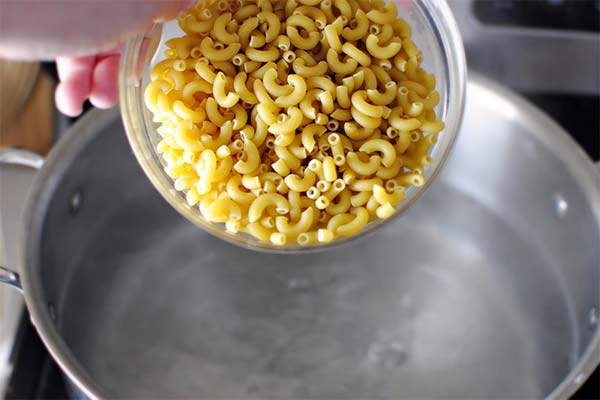
What's the best saucepan for cooking
It is better to use a wide pot with thick walls. This will ensure that the water boils evenly and the pasta cooks quickly.
Should the pasta be washed after boiling?
This is an issue that has long been a subject of debate among experienced and novice hostesses. Rinsing with cold water does not save pasta from sticking. Although, many people mistakenly believe that this process is what keeps them from looking like a soft, sticky lump. Durum wheat products will not stick if they are cooked according to all the rules. But they will stay tasty if you exclude rinsing them with water. It is enough to throw them in a colander, sprinkle them with grated cheese, pour butter or put them into a prepared sauce and experience the unforgettable taste of real pasta. Rinsing cools the pasta and impairs its flavor.
Stirring or not stirring the pasta when cooking
Stirring spaghetti when boiling is possible and even necessary. Often they are stirred immediately after being thrown into the pot, before the water boils again. During the cooking process, stir again. But, after an active boil, this is no longer done.
To close or not to close the lid of the pasta pot
Once the pasta is in the boiling water, it is not necessary to close the lid of the pot. That way there is a better chance of preventing them from sticking together.
When to salt the pasta when boiling
Put salt in cold water, which will allow the water to boil faster and harder. You can also add salt while the water is boiling, before you put the noodles in.
What to do if the pasta is too salty
Over-salted noodles can be saved in the following ways:
- at the stage of boiling - drain the water and pour fresh boiling water;
- Cooked products can be soaked in clean cold water for 10 minutes;
- Mix the pasta with sweet and sour sauce.
You can also separately boil a new portion of pasta without adding salt and mix everything. The dish is heated and served.
How not to boil pasta
The main mistakes inexperienced hostesses make when boiling pasta are:
- Completely draining all the water after cooking before adding the sauce (it is correct to leave a little water to make the pasta tender).
- Low quality pasta will spoil the main dish (it can be used in salads or soups).
- Add salt after putting the noodles in the pot.
- Leave the dish to spare.
- Rinse the cooked pasta, which leads to washing away the starch and deteriorating the taste of the product.
Of course, boiling pasta in not enough water will cause it to stick together.
Applying in practice the above rules, you can easily learn how to cook delicious pasta, each time serving it with different sauces, gravy, as a main dish or side dish.
«Important: All information on this site is provided for informational purposes only for educational purposes. Please consult with a health care professional before using any of our recommendations. specialist. Neither the editors nor the authors are liable for any possible harm caused by materials."

